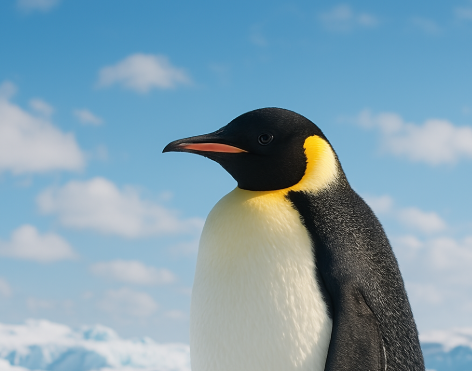
Discover how penguins survive the freezing temperatures using natural insulation, teamwork, and clever adaptation.
Penguins are some of the most iconic creatures of the cold, with Antarctica being home to several of the toughest species like the Emperor Penguin. But how do these flightless birds manage to survive — and even thrive — in one of the harshest environments on Earth?
The first line of defense is their unique body structure. Penguins have a thick layer of blubber under their skin, which acts as insulation against the cold. On top of that, their feathers are tightly packed and water-resistant, creating a windproof and waterproof outer shell that keeps their body heat from escaping.
Another secret weapon: teamwork. Emperor Penguins, for example, huddle together in large groups, sometimes thousands strong. They rotate positions within the group so that every penguin gets a turn on the inside where it’s warmest. This “penguin huddle” helps them conserve energy and body heat during storms or long, cold nights.
They also have a fascinating circulation trick called “countercurrent heat exchange” in their flippers and feet. Warm blood from their bodies flows next to the colder blood returning from the extremities, warming it up before it travels back into the core — minimizing heat loss.
Despite the cold, penguins are perfectly adapted for life in Antarctica. Their combination of biology and behavior is a masterclass in survival, showing how life can persist in even the most extreme conditions.